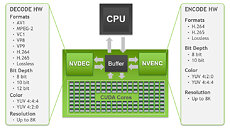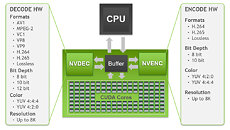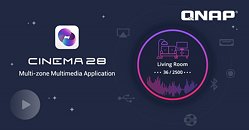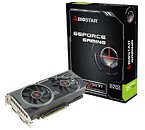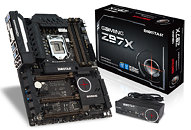Reservations Open for World's First AI-Powered 3D Tablet: Award-Winning Lume Pad 2 by Leia Inc
The future of 3D viewing is here: United States reservations are now open for Leia Inc.'s Lume Pad 2, the world's first 3D•AI tablet equipped with embedded technology to create fully immersive 3D calling, streaming, and gaming experiences along with content sharing and creation apps - all without the need for any eyewear. Starting today, the Lume Pad 2 is available for reservation via LeiaInc.com at a suggested retail price of $1,099. Customers who reserve before March 31 will receive a $100 discount when they confirm their order in April, when tablets begin shipping.
"With Leia's unique 3D•AI experiences, now available worldwide, people no longer have to settle for unnatural interactions like video chat on a flat screen," said Cecilia Qvist, CEO, Leia Inc. "Lume Pad 2 is for anyone who has ever sought a more genuine human connection from their online experiences." "We know that 3D isn't new - but how we do it is," said David Fattal, Leia Inc. co-founder and CTO. "With the world focused on how AI will continue to shape our future, we feel that this is one of its most thrilling applications - giving the naked eye a fully immersive 3D viewing experience that we believe makes Lume Pad 2 a 3D device for everyone."
"With Leia's unique 3D•AI experiences, now available worldwide, people no longer have to settle for unnatural interactions like video chat on a flat screen," said Cecilia Qvist, CEO, Leia Inc. "Lume Pad 2 is for anyone who has ever sought a more genuine human connection from their online experiences." "We know that 3D isn't new - but how we do it is," said David Fattal, Leia Inc. co-founder and CTO. "With the world focused on how AI will continue to shape our future, we feel that this is one of its most thrilling applications - giving the naked eye a fully immersive 3D viewing experience that we believe makes Lume Pad 2 a 3D device for everyone."















